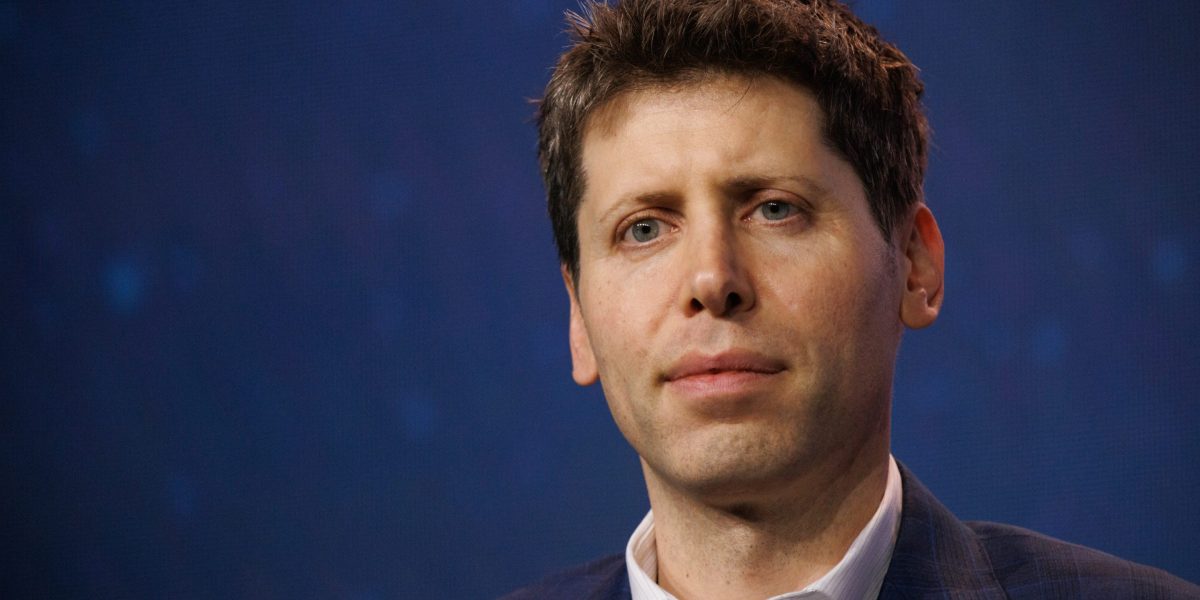
Naming a so-called shadow chair for the Federal Reserve well before Jerome Powell is due to step down as the top central banker could blow up spectacularly.
President Donald Trump said earlier this month his pick to replace Powell is coming “very soon,” and on Friday even vowed to tap someone who will do what he has been pressuring the Fed to do for months.
“If I think somebody’s going to keep the rates where they are or whatever, I’m not going to put them in,” Trump said. “I’m going to put somebody that wants to cut rates.”
That’s after repeated insults and name-calling directed at Powell, who has held off on lowering rates, citing the resilient economy and the risk that Trump’s own tariffs could reaccelerate inflation.
Powell’s term as chair expires in May 2026, and the typical transition to a new one is about three to four months, meaning a replacement pick would be named as soon as January under normal circumstances.
By naming a new chair well before that, the nominee could in theory jawbone markets into easing financial conditions, such as lowering bond yields, before taking office and undermine Powell’s messaging in his final months.
But in practice, the result could be chaos. Princeton professor Alan Blinder, who served as the Fed’s vice chair in the 1990s, told CNN that a shadow chair is “an absolutely horrible idea” because markets would have to sort through potentially very different stances at the same time.
“If they’re not singing from the same playbook, which seems likely, this is just going to cause confusion in markets,” he warned.
Similarly, Michael Brown, senior research strategist at Pepperstone, said in a note that a shadow chair would be self-defeating and create “chaotic policy rhetoric, thus further weakening policy transmission.”
And the perception of greater political influence over the Fed is likely to result in accelerated outflows from both the U.S. dollar and Treasury bonds, pushing yields and other borrowing costs higher.
“Lastly, and probably of most annoyance for Trump, is that all of this nonsense actually makes the bar for the Fed to deliver a rate cut even higher, given mounting external pressure, and a desire to preserve policy independence,” Brown added.
Fed officials make a point of sticking to central banking and not opining on politics, White House policies, or bills in Congress. On the flip side, they carefully guard the Fed’s reputation for being independent from political pressure.
Blinder flagged the risk that a shadow Fed chair would set up a big showdown in the usually consensus-driven Federal Open Market Committee, which sets rates.
“If he or she contradicts what Powell is saying, that will aggravate the FOMC, almost all of whose members will still be there when the new chair takes over,” he explained. “It opens the door to an open or silent revolt against the chair, which is a rare thing in Fed history.”
A schism is already emerging at the Fed. Trump-appointed governors Christopher Waller and Michelle Bowman have said a rate cut in July could be justified, while Powell and other policymakers have said more months of data are necessary to make such a call.
Meanwhile, Treasury Secretary Scott Bessent downplayed the idea of a shadow Fed chair in an interview on CNBC on Friday, but also pointed out that Adriana Kugler’s term as Fed governor expires in early 2026.
“So there is a chance that the person who is going to become the chair could be appointed in January, which would probably mean an October, November nomination,” he said.















